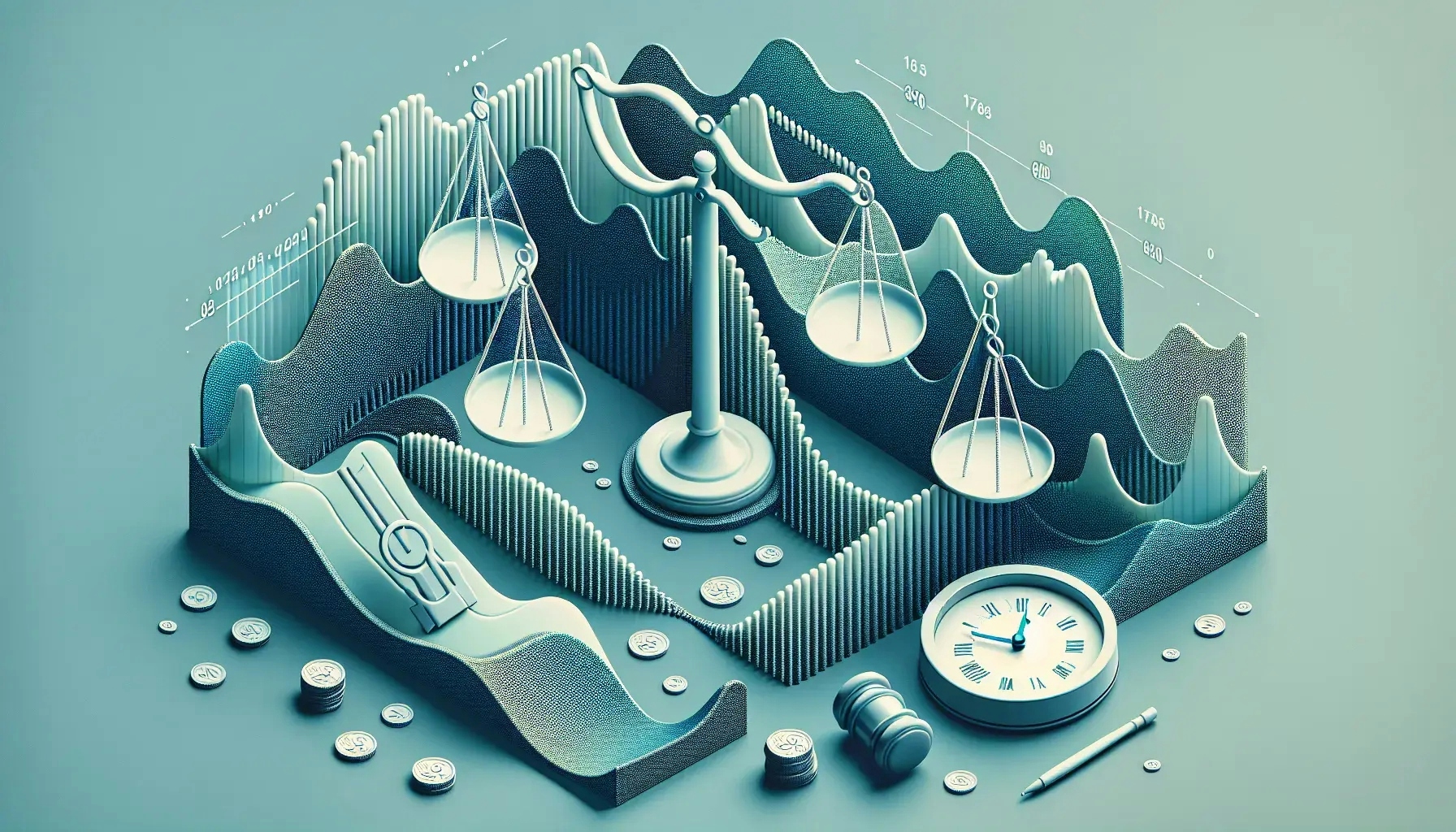Welcome to this comprehensive exploration of a crucial financial concept: the difference between nominal and real interest rates. This blog post aims to demystify these terms, often used interchangeably but with distinct meanings. We will delve into their definitions, implications, and the factors that influence them. By the end of this post, you will have a clear understanding of these two types of interest rates and their significance in the world of finance.
Defining Nominal and Real Interest Rates
Let's start by defining our terms. The nominal interest rate, often referred to as the 'stated' or 'quoted' rate, is the interest rate without any adjustments. It doesn't take into account inflation or any other economic factors. When you open a savings account or take out a loan, the interest rate you see is the nominal rate.
On the other hand, the real interest rate is the nominal rate adjusted for inflation. It represents the purchasing power your money will have in the future. In other words, it's the rate that tells you how much your money will grow in real terms.
Understanding the difference between these two rates is crucial for making informed financial decisions. For instance, if you're considering investing in a bond with a nominal interest rate of 5%, but inflation is running at 2%, the real interest rate is only 3%. This means your money is growing at a much slower pace than you might have initially thought.
The Impact of Inflation
Inflation plays a pivotal role in distinguishing between nominal and real interest rates. It's the rate at which the general level of prices for goods and services is rising. As inflation increases, every dollar you own buys a smaller percentage of a good or service.
When it comes to interest rates, inflation can be a game-changer. If the inflation rate is higher than the nominal interest rate, the real interest rate can be negative. This means that even though your money is growing in nominal terms, its purchasing power is actually decreasing.
For example, let's say you have a savings account with a nominal interest rate of 2%, but inflation is running at 3%. In this case, your real interest rate is -1%. Even though your money is growing in your savings account, its purchasing power is decreasing due to inflation.
The Fisher Equation: Linking Nominal and Real Interest Rates
The relationship between nominal and real interest rates is best explained by the Fisher Equation, named after economist Irving Fisher. This equation states that the nominal interest rate is the sum of the real interest rate and the expected inflation rate.
This equation is crucial for understanding how changes in either the real interest rate or inflation affect the nominal interest rate. For instance, if the real interest rate remains constant but inflation expectations increase, the nominal interest rate will also increase.
The Fisher Equation also highlights the importance of inflation expectations. If people expect high inflation in the future, they will demand higher nominal interest rates to compensate for the loss of purchasing power.
Implications for Investors and Borrowers
The difference between nominal and real interest rates has significant implications for both investors and borrowers. For investors, understanding this difference is crucial for evaluating the real return on an investment. If the real interest rate is low or negative, it might be better to look for other investment opportunities.
For borrowers, a low real interest rate can be beneficial as it reduces the real cost of borrowing. However, if inflation is higher than expected, it can lead to a higher real interest rate, increasing the cost of borrowing.
It's also worth noting that central banks often use the real interest rate to guide their monetary policy decisions. By adjusting the nominal interest rate, they can influence the real interest rate and, consequently, the level of economic activity.
Real World Examples
To illustrate the difference between nominal and real interest rates, let's look at some real-world examples. In the 1970s, the U.S. experienced a period of high inflation. Even though nominal interest rates were high, the real interest rates were often negative due to the high inflation rate.
In contrast, in the early 1980s, the U.S. experienced a period of high nominal and real interest rates as the Federal Reserve increased rates to combat inflation. This period highlights the impact of monetary policy on both nominal and real interest rates.
The Importance of Understanding the Difference
Understanding the difference between nominal and real interest rates is crucial for making informed financial decisions. It allows you to evaluate the real return on your investments and the real cost of your loans. It also helps you understand the impact of inflation and monetary policy on your financial situation.
Moreover, understanding this difference is not only important for individuals but also for businesses and governments. It plays a key role in economic forecasting and policy-making.
Wrapping Up: Nominal vs. Real Interest Rates
We've traversed the landscape of nominal and real interest rates, highlighting their definitions, the impact of inflation, and their implications for investors and borrowers. Understanding these concepts is crucial for making informed financial decisions and understanding economic trends. So the next time you come across these terms, you'll know exactly what they mean and how they affect your financial situation.

